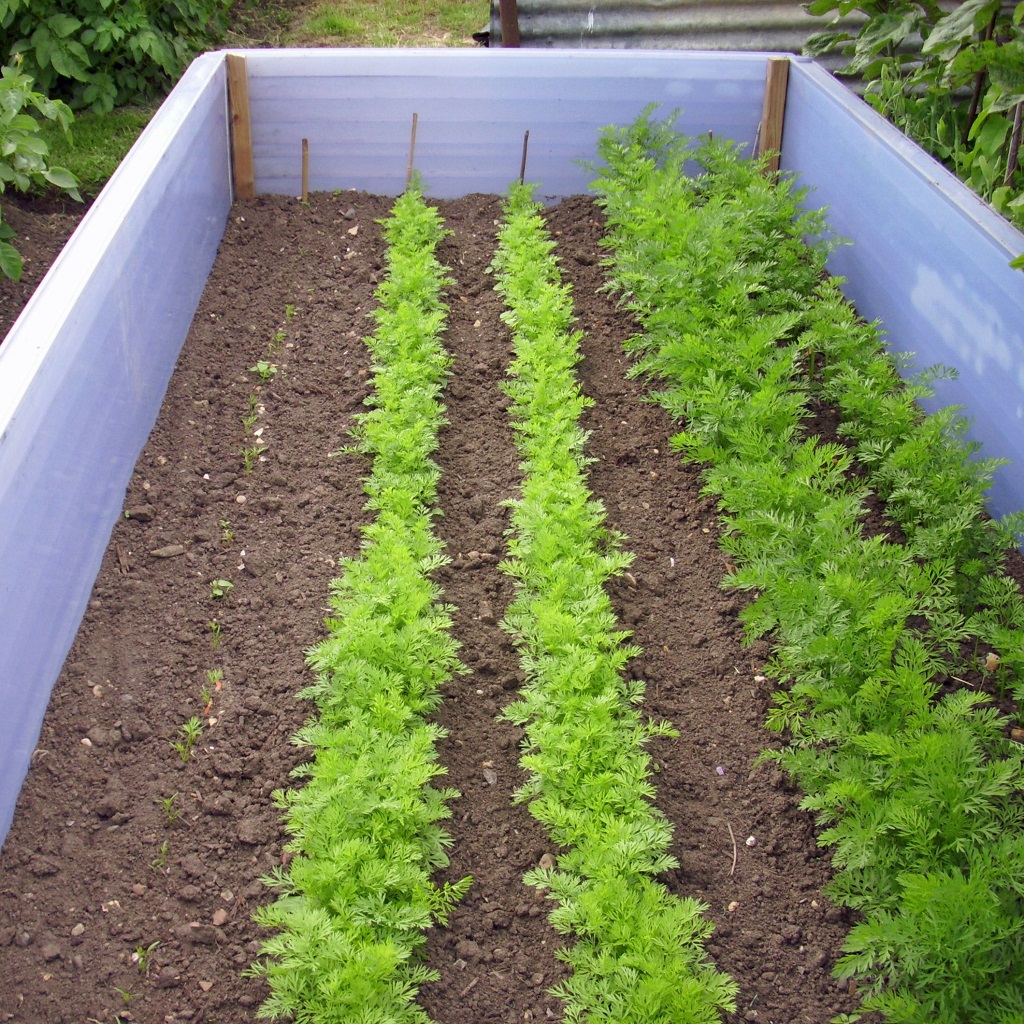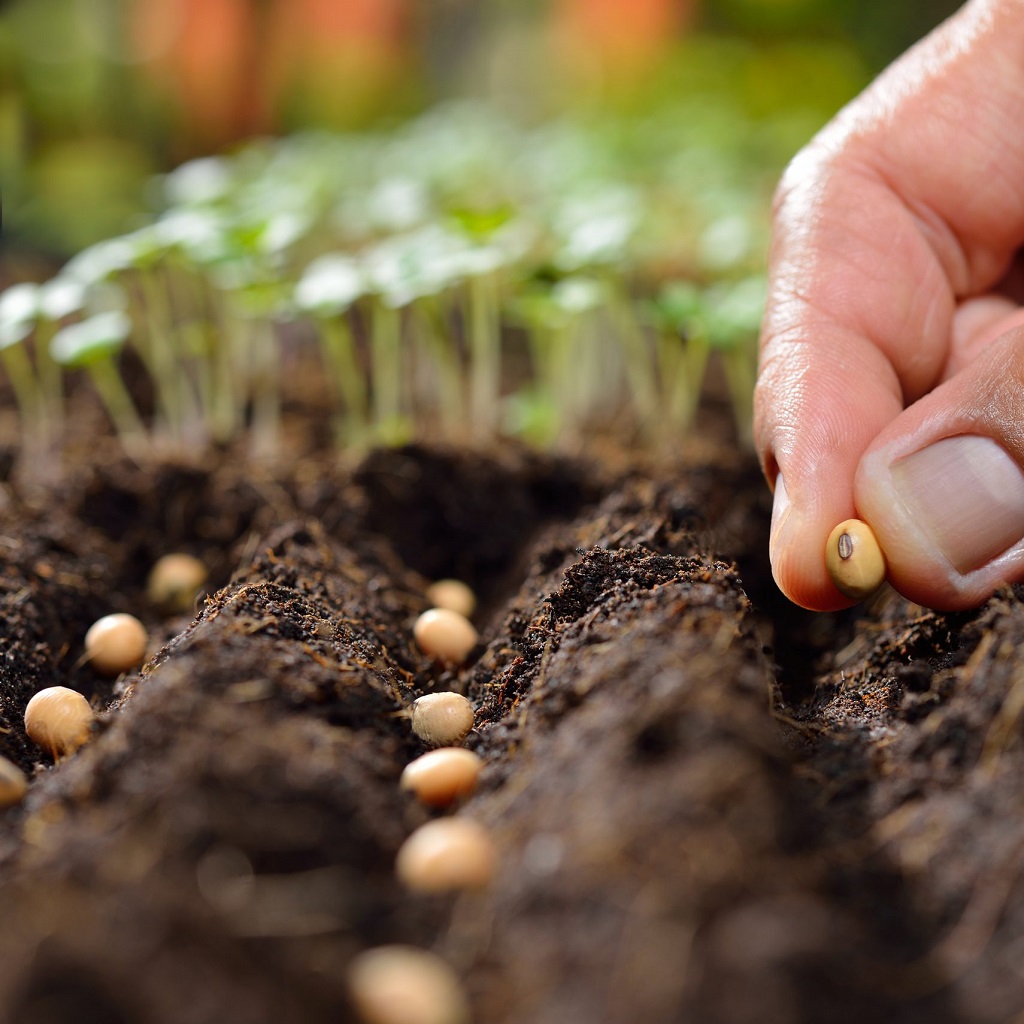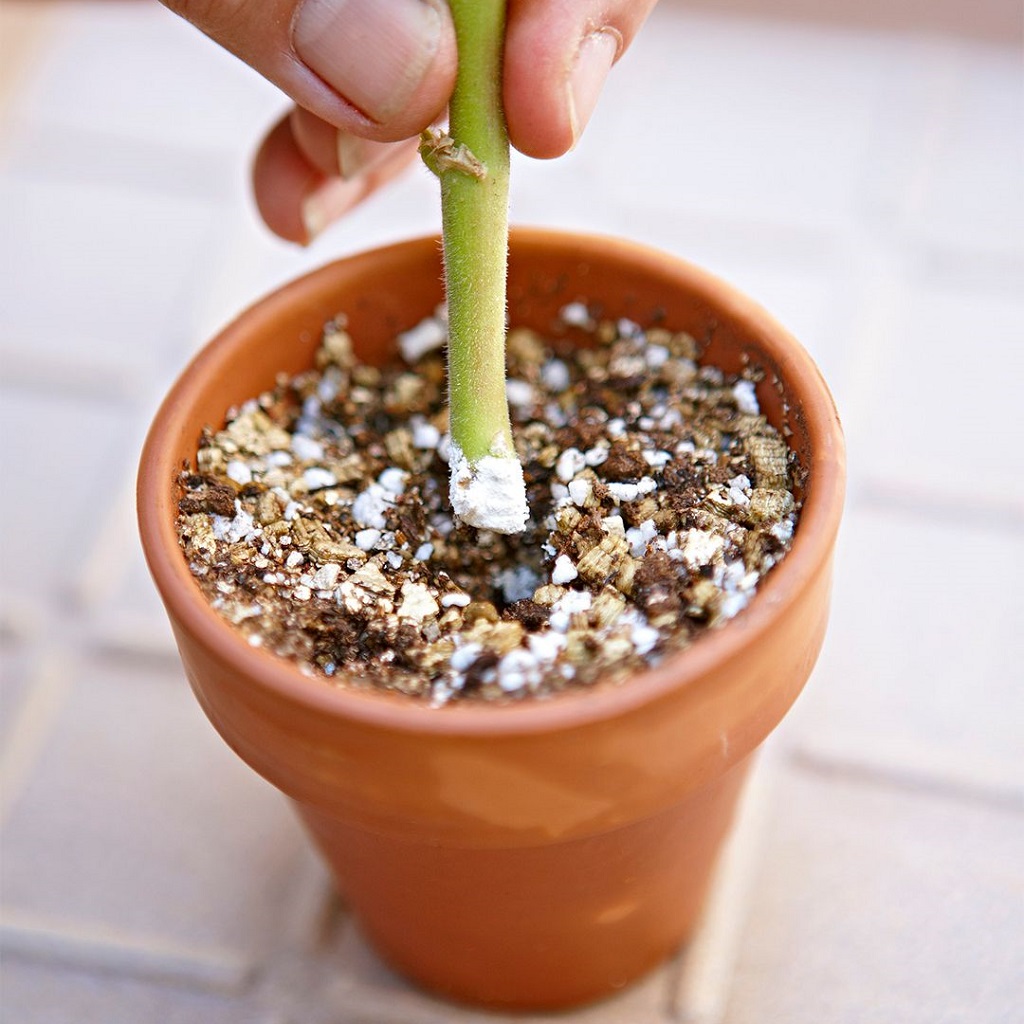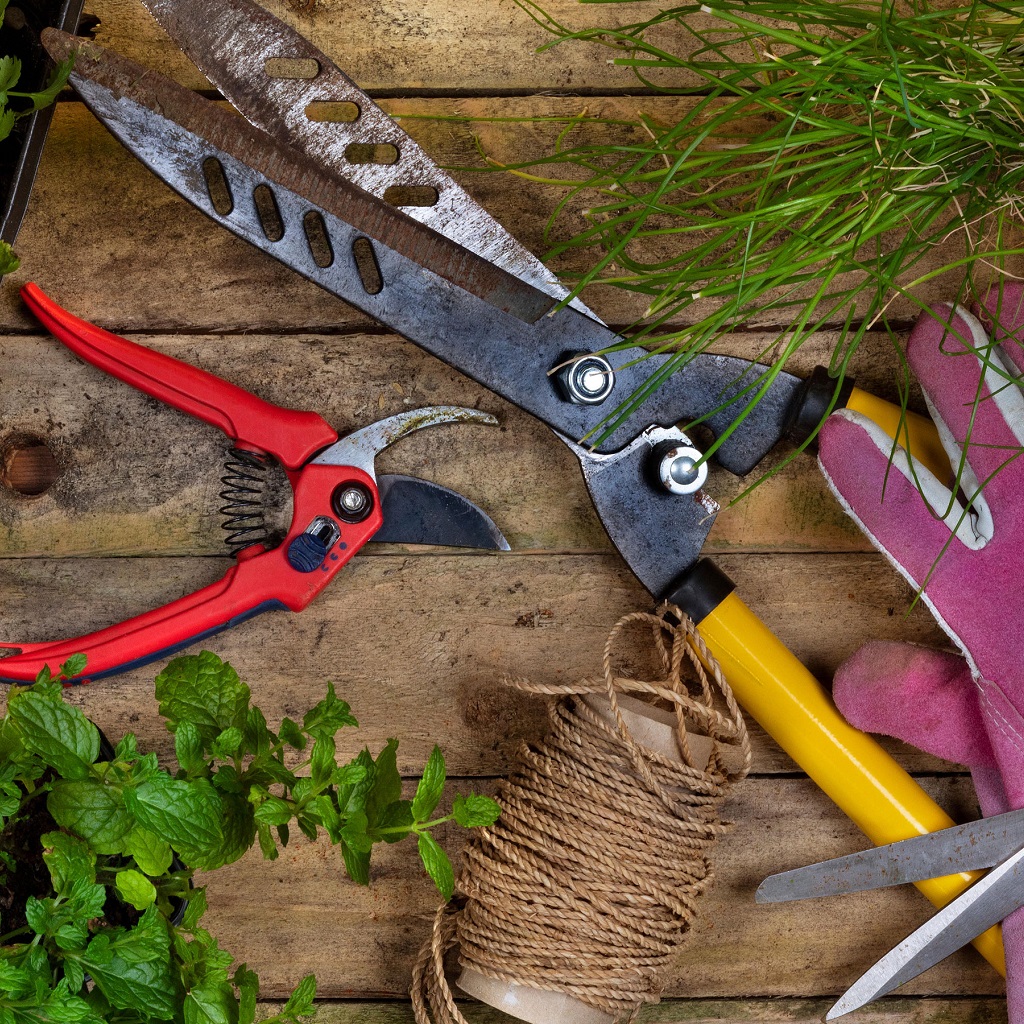Author: alanhumberto
-

Continuous Bounty: Mastering the Art of Succession Planting
For gardeners aiming to maximize their harvests and enjoy fresh produce throughout the growing season, succession planting is a game-changing strategy. Rather than planting all your crops at once and facing a glut, then a dearth, succession planting involves staggering your plantings to ensure a continuous, manageable yield over an extended period. The core idea…
-

Seeds vs. Starts: Choosing the Right Beginning for Your Garden Plants
When planning your garden, one fundamental decision is whether to sow seeds directly into the soil or to purchase young plants, often called “starts” or “transplants,” from a nursery. Both methods have their advantages and disadvantages, and the best choice often depends on the type of plant, your climate, and your gardening goals. Direct Sowing…
-

Divide and Conquer: Multiplying Perennials Through Division
Among the simplest and most effective methods of plant propagation for many herbaceous perennials is division. This technique not only gives you new plants for free but also rejuvenates existing clumps, promoting healthier growth and more abundant blooms. Understanding when and how to divide your perennials can keep your garden vibrant and prevent overcrowding. Why…
-

From Stem to Success: Propagating Plants via Cuttings
Plant propagation is a fascinating aspect of gardening, allowing you to multiply your favorite plants for free. While seeds offer one pathway, propagating plants from cuttings is another widely used and often faster method, resulting in new plants that are genetically identical to the parent. This technique, while seemingly magical, relies on understanding a few…
-

The Right Cut: Matching Pruning Tools to the Task
Just as a carpenter needs specific tools for different cuts, a gardener benefits immensely from selecting the appropriate pruning tool for the task at hand. Using the wrong tool can damage the plant, injure the gardener, or simply make a simple job frustratingly difficult. Understanding the purpose of each common pruning tool is key to…
-

The Art of the Cut: Fundamental Pruning Principles for Gardeners
Pruning is more than just lopping off branches; it’s an art and a science that, when practiced correctly, enhances plant health, vigor, bloom production, and overall form. Understanding the fundamental principles of pruning empowers you to make thoughtful cuts that benefit your plants rather than harming them. At its core, pruning serves several key purposes:…
-

More Than Honeybees: The Crucial Role of Native Bees in Your Garden
When we think of pollinators, the image of the European honeybee often comes to mind. While honeybees are important, they are but one small part of a vast and diverse world of pollinators. In fact, native bees – the thousands of species indigenous to North America and other continents – are often far more efficient…
-

The Quiet Strength: Incorporating Native Grasses into Your Landscape
While native wildflowers and trees often capture the spotlight, native grasses are the unsung heroes of a biodiverse and resilient landscape. These often-overlooked plants provide crucial ecological services, offer unique aesthetic appeal, and are remarkably low-maintenance once established. Integrating native grasses into your garden design is a powerful step towards creating a truly sustainable and…
-

The Gardener’s Log: Cultivating Insights Through Journaling
For gardeners seeking to deepen their understanding of their plants and improve their practice year after year, a simple yet invaluable tool awaits: the garden journal. Far more than just a pretty notebook, a garden journal becomes a living record of your garden’s triumphs, challenges, and evolution, offering insights that can transform your approach to…